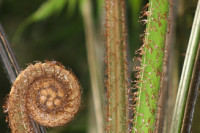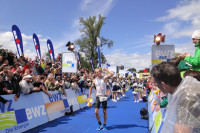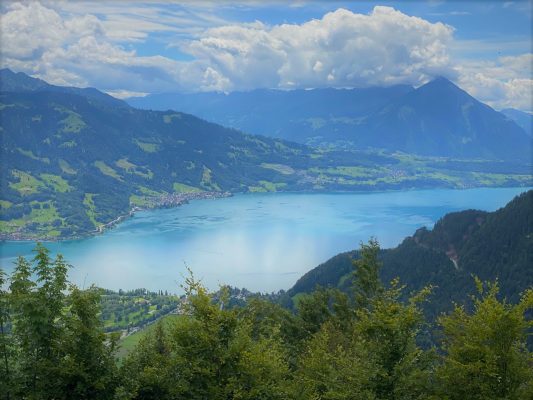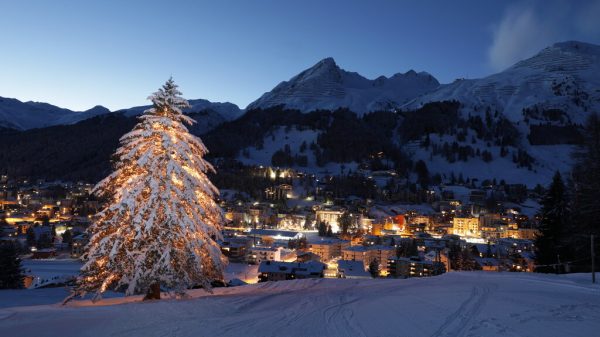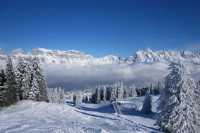Travel
Traveling to Jungfraujoch: an unforgettable journey in Switzerland
7:47a.m. Grindelwald train station. It was like a dream come true. “We will soon be on the Jungfraujoch – top of Europe”, I thought to myself.
After years of talking about it, my husband and I were finally going.
Then, suddenly, looking through the window of our train compartment, I heard an American tourist shouting, „Hurry“ to his girl friend. A few seconds later, the door of the locomotive closed. Luckily, they had not been separated.
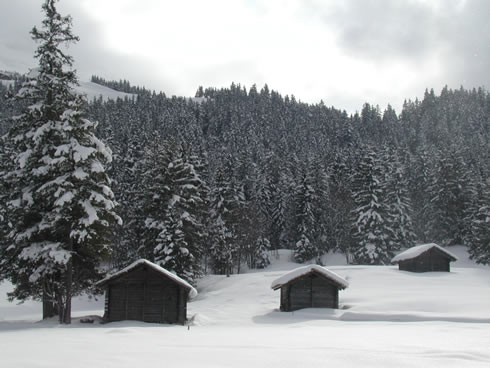
Little huts in alpine field, going to Kleine Scheidegg
As trains only leave every hour, it could be frustrating to miss one’s train. Although you can go most of the day, it is recommended to arrive early.
We had checked the weather forecast the night before and the sky was supposed to be clear. It was February and we rushed to the station wearing our ski boots and holding our skis and polls. We wanted to go skiing afterwards and would leave our equipment at Kleine Scheidegg’s train station. As usual, we were overloaded with food, pullovers, gloves, sunglasses and of course cameras.
The couple looked at each other, wondering if they should stay or try another compartment. This one was full with skiers and tourists going to the Jungfraujoch. The couple tried their luck somewhere else. We had been luckier and had found a spot next to the window, close to our skis.
From time to time, I glanced at the alpine fields covered with snow, at the wooden chalets with smoke coming out of the chimneys or just awed at the thickness of the snow one evergreen tree could hold.
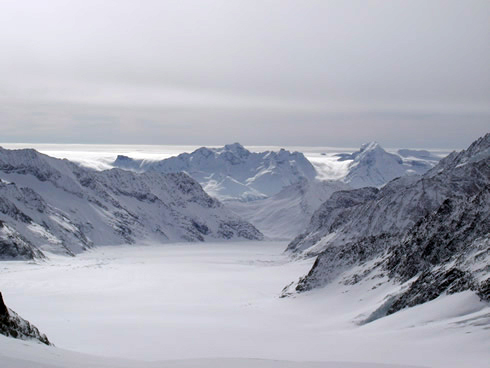
View of the Aletsch Glacier from the Jungfraujoch platform
Reflecting on the ride, it was rather long and quite uncomfortable until the connection at Kleine Scheidegg. Going from Grindelwald to the Jungfraujoch takes about 1½ hours. In the summer, you will more likely travel from Interlaken, as Grindelwald is more a winter resort. Then, add an additional 30 minutes to your journey.
This may not be for you if you are not a fan of long train rides; however, this is the only way up.
Let’s face it, the trip is rather expensive. “$154 for a return ticket!,” exclaimed a tourist with disbelief after asking information from a ticket agent.
Amazingly, despite the hefty price, more than 500,000 people travel there yearly. In 2001, it became the first protected UNESCO Natural Heritage Site in the Alps. Last year in 2009, 651,000 made the trip to the Jungfraujoch.
If you are a mountain lover, don’t let the price bother you. Seize the opportunity while you can, for it is really a lifetime experience. Luckily, there are ways to save money by buying an early riser ticket or an extension ticket to your ski pass.
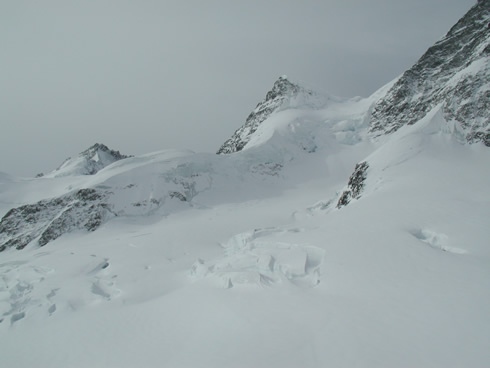
Crevasses at Jungfraujoch
Immediately after exciting the train at Kleine Scheidegg, people grabbed their cameras to take pictures. There stood the three famous mountains, the Eiger (13,026 feet), the Mönch (13,449 feet) and the tallest one, the Jungfrau (13,638 feet). Only a few clouds hung here and there over the mountains. It was a quiet morning before the rush of another skiing day.
Knowing how hectic this place can be around noon, I was thankful for this peaceful moment. I paused to stare at the awesome view and stayed in admiration over such a breathtaking panorama until my husband reminded me that we had a train to catch.
Once we jumped into our cogwheel train, the ride was very enjoyable. The compartment was spacious and luxurious with T.V. screens explaining the construction of the tunnel and the history of the Eiger. The tunnel is about 6.2 miles long, so for about 51 minutes try making the best of it.
In 2006, the Jungfrau region celebrated its 110 years since the beginning of construction. The project of Swiss Adolf Guyer-Zeller lasted 16 years from 1896-1912. Building the tunnel was hard work for the 300 men, especially in the winter. They lived cut away from the rest of the world in houses on the Eiger glacier. Today, it is the highest European cog railway station.
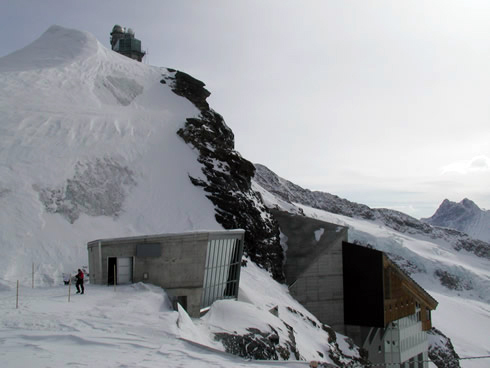
Scientific Research center at Jungfraujoch
The Eiger was for a long time unreachable. Only in 1938 did two Germans and two Austrians successfully climb the North Wall in 3 days. The well-known Italian climber, Reinhold Messner, climbed it in 1974 in just 10 hours. Since the first ascent, more than 60 alpinists have lost their life there. The last two were in March 2009.
The train makes two stops on its way, first at the Eigerwand, overlooking Grindelwald and Kleine Scheidegg, and next at the Eismeer. The second stop is awesome, as one can see an impressive ice lake behind windows. Make sure to check it out, as the train will not stop on the way back.
When we finally arrived, we went directly to the Sphinx observation platform for a panoramic view, which I recommend you start from too. The sky was unfortunately turning grayish, as if it was announcing a storm. But it did not matter too much at this point. We were there on the top of Europe! At least, it felt like it.
In front of us lay the 14 mile-long Aletsch Glacier, the longest one in Europe. Imagine being surrounded with mountain peaks all covered up with so much snow that it feels unrealistic. Between the peaks rests the fresh snow, thick and ready to roll down the mountain. You can see puffy white clouds touching or going slightly above the snow.
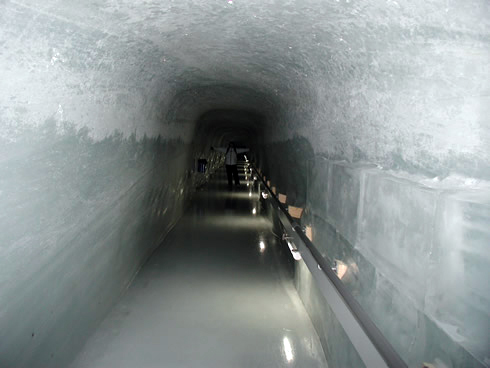
Ice tunnel at Jungfrau
Was there going to be an avalanche? I started worrying about the four alpinists I saw in the distance, all tight behind one another and walking carefully around deep crevasses. From far away the crevasses looked like gigantic feet. The landscape was just indescribable especially with the sun peaking through the top part of the glacier.
Suddenly, we heard a loud noise. I reached for my camera, but what flew a few feet above our head was so fast I only caught the back of it. My husband said they were Swiss army jets practicing. As we left the platform for the plateau, it was becoming crowded with many tour groups.
From the plateau, we saw the rocky mountain with on top the Sphinx Scientific Research center and the restaurant. On the plateau blew a cold and crisp wind; it was also slippery so we had to stay behind some ropes. If you decide to go during the winter, bring a warm hat and extra thick gloves.
We went toward the long tunnel leading to an ice palace, walking on icy floors. We went through many rooms to view the displayed carved sculptures. I enjoyed going through a short and narrow passage, made for visitors. Once you enter it, there is no turning back as it is not wide enough for that. You can only move forward! And mind your head, as it is only about 5 1/2 feet tall!
I had expected to feel dizzy or to have shortness of breath, but I felt perfectly fine.
Having experienced a day like no other, fully charged with lifetime memories, we left with a smile on our face.
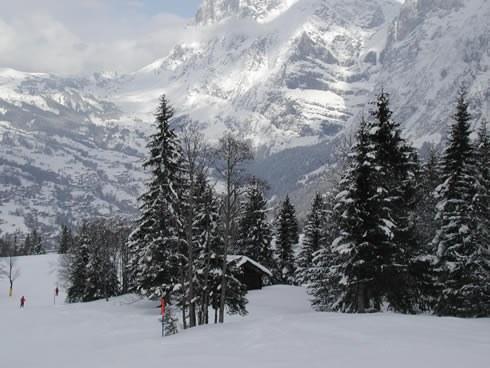
Winter scenery near Grindelwald
After a visit to the Aiguille du Midi (12,601 feet) in the French Alps, to the Pico de Teide (12,195 feet) in Tenerife and to the Jungfraujoch (11,723 feet) in the Bernese Alps, we are already planning a new exciting trip to some other mountain peak.

